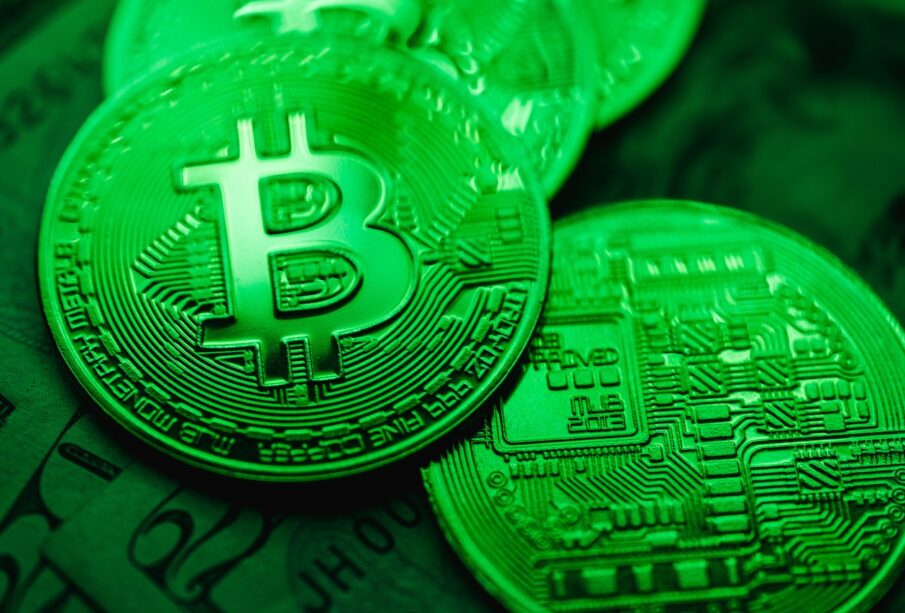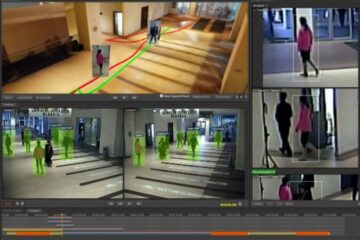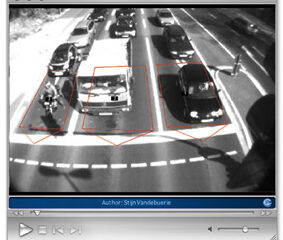Exploring the Immersive World of 3D NFTs

Introduction
The digital art world has witnessed a remarkable transformation with the rise of Non-Fungible Tokens (NFTs), and now, a new dimension is emerging: 3D NFT. These innovative digital assets combine the uniqueness of NFTs with the immersive experience of three-dimensional art. In this article, we will delve into the world of 3D NFTs, understand their definition, explore their advantages, and envision their future impact in the realm of digital art and beyond.
Understanding 3D NFTs
To comprehend the concept of 3D NFTs, we must first grasp the notion of Non-Fungible Tokens (NFTs). Unlike cryptocurrencies such as Bitcoin or Ethereum, which are fungible and can be exchanged on a one-to-one basis, NFTs are unique digital assets that represent ownership or proof of authenticity for a specific item or piece of content. Now, imagine combining this concept with three-dimensional art. 3D NFTs represent digital artworks or objects that exist in a three-dimensional space, offering viewers an interactive and immersive experience. These assets can range from sculptures to virtual worlds, or even dynamic installations that respond to user interactions.
The Advantages and Impact of 3D NFTs
- Immersive and interactive digital experiences
One of the remarkable advantages of 3D NFTs is the ability to create immersive and interactive digital experiences for viewers. With three-dimensional artwork, users can explore, manipulate, and engage with the artwork in ways that were previously unimaginable. Whether it’s walking around a virtual sculpture, interacting with elements within a virtual world, or experiencing dynamic visuals and audio, 3D NFTs push the boundaries of traditional art forms and offer a new level of engagement and sensory stimulation.
- Empowering artists and expanding creative possibilities
The introduction of 3D NFTs has opened up a world of possibilities for artists to showcase their talent and creativity. Traditional art forms often limit artists to two-dimensional canvases or physical sculptures, but with 3D NFTs, artists can now transcend these limitations. They can create intricate and detailed three-dimensional artworks, experimenting with textures, lighting, and even animations. This newfound freedom allows artists to express themselves in unique and innovative ways, captivating audiences and pushing the boundaries of artistic expression.
The Future of 3D NFTs
- Integration of virtual reality (VR) and augmented reality (AR)
As technology continues to advance, the integration of 3D NFTs with virtual reality (VR) and augmented reality (AR) is an exciting prospect. Imagine stepping into a virtual gallery, where you can not only view but also physically interact with 3D NFT artworks. With VR and AR headsets becoming more accessible, this convergence of technologies has the potential to revolutionize the way we experience art, blurring the line between physical and digital realms.
- Potential for 3D NFTs in various industries beyond art
While the focus has predominantly been on the art world, the potential applications of 3D NFTs extend far beyond. Industries such as gaming, architecture, fashion, and even education can leverage the immersive and interactive nature of 3D NFTs. From virtual fashion shows to architectural walkthroughs, the incorporation of 3D NFTs in these fields can enhance user experiences, facilitate virtual collaborations, and unlock new avenues for creativity and innovation.
Challenges and Considerations in the 3D NFT Space
As with any emerging technology, there are challenges and considerations to address in the 3D NFT space.
- Scalability and environmental concerns
The creation and consumption of 3D NFTs require significant computational resources, leading to concerns about scalability and environmental impact. The industry must strive for sustainable practices and explore ways to minimize the carbon footprint associated with blockchain transactions and the storage of 3D assets.
- Copyright and ownership complexities
The nature of 3D NFTs introduces complex issues surrounding copyright and ownership. With the potential for 3D NFTs to be replicated or manipulated, ensuring proper attribution, protecting intellectual property, and establishing ownership rights become critical considerations. It is vital for artists, platforms, and the legal framework to work together to develop robust mechanisms that protect the rights of creators and provide clarity in ownership.
Conclusion
The advent of 3D NFTs marks an exciting chapter in the evolution of digital art and immersive experiences. The combination of NFTs and three-dimensional art opens up new frontiers for artists, collectors, and enthusiasts, offering unparalleled interactivity and sensory engagement. As technology continues to advance, the integration of VR, AR, and other emerging technologies will further enhance the potential of 3D NFTs. However, it is crucial to address scalability, environmental concerns, copyright, and ownership complexities to ensure the sustainable growth and ethical development of the 3D NFT space. As we navigate this fascinating realm, we can anticipate a future where 3D NFTs redefine the boundaries of creativity, transform industries, and inspire new possibilities for human expression.










